- Online car hire since 2005
Car hire Iceland
Save time and money. We compare the offers of car rental companies in Iceland on your behalf.
- Free cancellation Up to 48 hours prior to the scheduled pick up time
- Best price guarantee Have you found a better price? Let us know and we will make you a better offer.
- 24000+ pick-up locations Locations around the world
Car hire Iceland
EasyTerra Car Hire Iceland is an independent car hire comparison site. Our system compares prices from well-known car hire companies so as a customer you can always book your hire car through us at a competitive rate.
Car rental offers in Iceland
Whether you're looking for a small rental car or a station wagon for the entire family, we will always have a suitable vehicle for the lowest price. Below are some examples from our selection in Iceland.
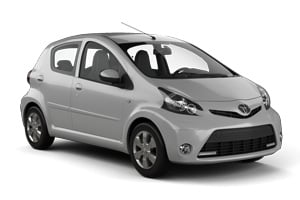
-
Flizzr From£ 20 /day -
Sixt From£ 25 /day

-
ACE Rent A Car From£ 23 /day -
Sixt From£ 23 /day -
Goldcar From£ 29 /day
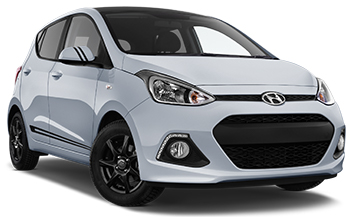
-
Payless Car Rental From£ 32 /day -
Sixt From£ 32 /day -
Flizzr From£ 34 /day

-
Sixt From£ 24 /day -
Flizzr From£ 24 /day -
Payless Car Rental From£ 28 /day
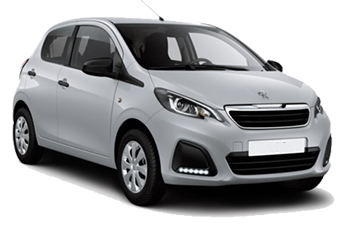
-
wheego From£ 29 /day

-
Sixt From£ 32 /day -
Flizzr From£ 35 /day
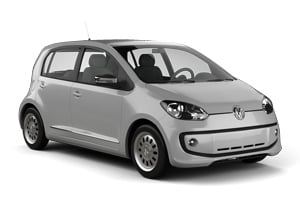
-
FireFly Car Rental From£ 29 /day -
Europcar From£ 35 /day
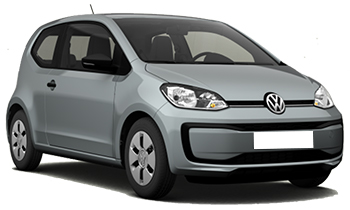
-
FireFly Car Rental From£ 30 /day
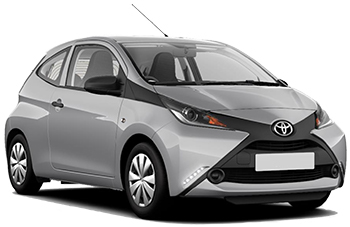
-
Hertz From£ 33 /day -
FireFly Car Rental From£ 33 /day -
Goldcar From£ 35 /day
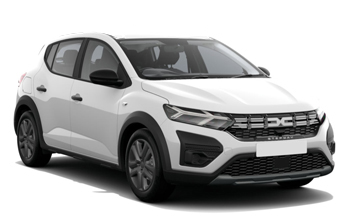
-
Flizzr From£ 23 /day -
Sixt From£ 29 /day
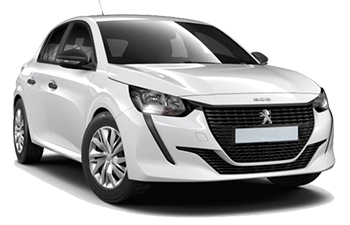
-
ACE Rent A Car From£ 25 /day
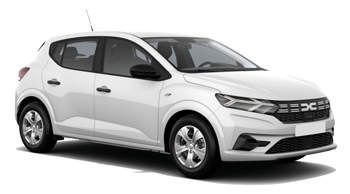
-
Sixt From£ 34 /day -
Goldcar From£ 37 /day -
Flizzr From£ 39 /day

-
Flizzr From£ 26 /day -
Sixt From£ 27 /day -
Goldcar From£ 30 /day
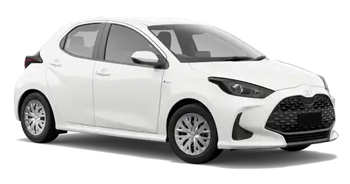
-
Sixt From£ 27 /day -
Hertz From£ 33 /day -
FireFly Car Rental From£ 33 /day

-
Hertz From£ 36 /day -
FireFly Car Rental From£ 36 /day -
Europcar From£ 44 /day
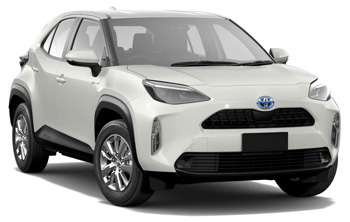
-
Flizzr From£ 30 /day
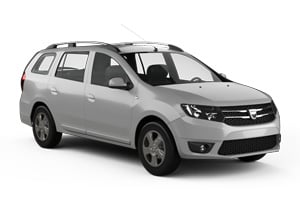
-
wheego From£ 30 /day -
Right Cars From£ 33 /day -
Green Motion From£ 35 /day

-
Sixt From£ 36 /day -
Flizzr From£ 42 /day
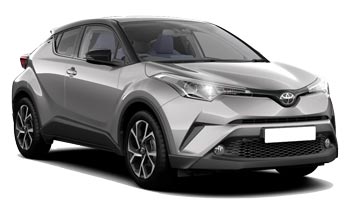
-
Flizzr From£ 23 /day -
Sixt From£ 33 /day
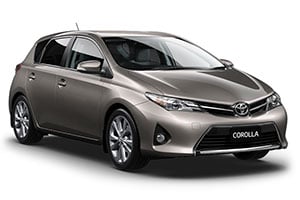
-
Flizzr From£ 29 /day -
Sixt From£ 33 /day -
Goldcar From£ 38 /day

-
Sixt From£ 39 /day -
Goldcar From£ 44 /day -
Europcar From£ 45 /day
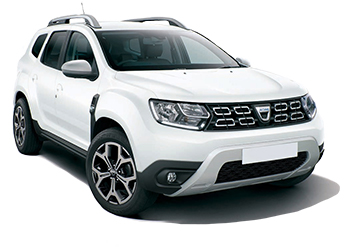
-
wheego From£ 30 /day -
Icerental 4x4 From£ 37 /day -
Hertz From£ 44 /day
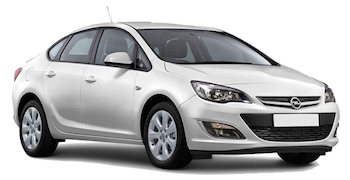
-
Sixt From£ 32 /day

-
Sixt From£ 40 /day -
Flizzr From£ 42 /day
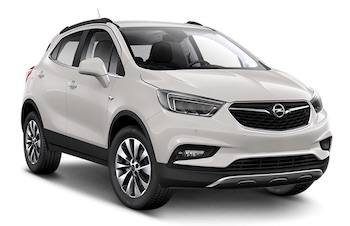
-
wheego From£ 32 /day
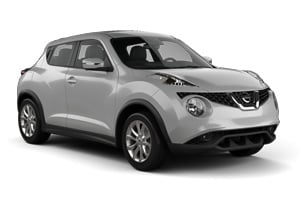
-
ACE Rent A Car From£ 33 /day
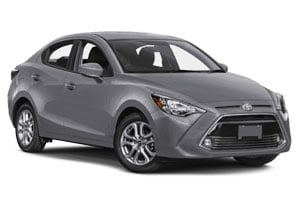
-
Sixt From£ 40 /day -
Flizzr From£ 57 /day
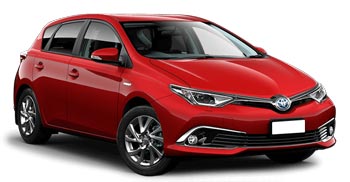
-
Flizzr From£ 24 /day -
Sixt From£ 35 /day -
Alamo From£ 42 /day
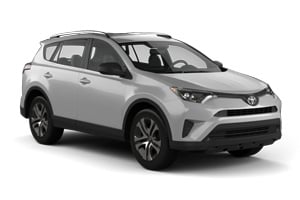
-
Right Cars From£ 32 /day -
Green Motion From£ 53 /day -
Enterprise From£ 60 /day

-
Sixt From£ 41 /day -
Flizzr From£ 42 /day -
Hertz From£ 48 /day

-
Sixt From£ 32 /day
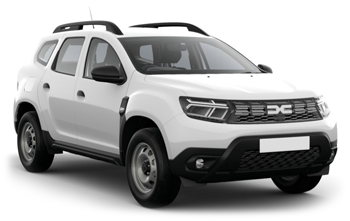
-
Right Cars From£ 34 /day -
Green Motion From£ 36 /day -
addCarRental From£ 40 /day

-
Sixt From£ 44 /day
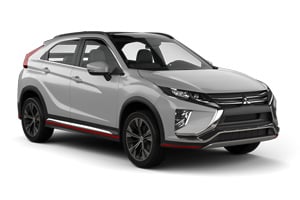
-
Flizzr From£ 35 /day -
Goldcar From£ 51 /day -
Europcar From£ 57 /day
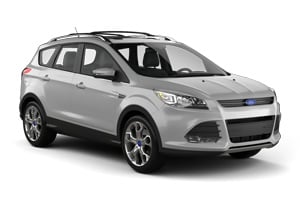
-
wheego From£ 35 /day -
Thrifty From£ 45 /day
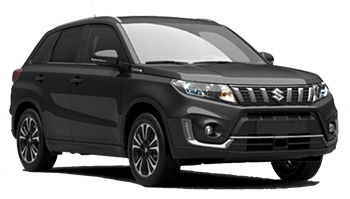
-
wheego From£ 46 /day -
Right Cars From£ 59 /day -
Europcar From£ 59 /day
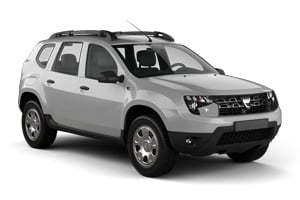
-
Geysir From£ 35 /day -
Alamo From£ 49 /day -
Enterprise From£ 51 /day

-
wheego From£ 40 /day

-
wheego From£ 48 /day
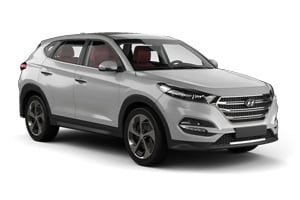
-
Geysir From£ 43 /day -
Green Motion From£ 60 /day
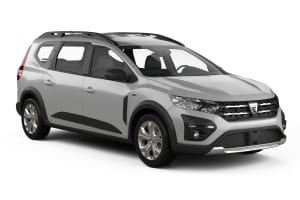
-
Green Motion From£ 44 /day

-
Alamo From£ 51 /day
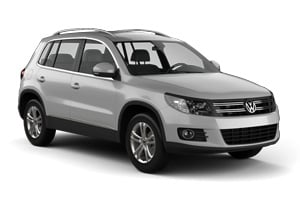
-
FireFly Car Rental From£ 47 /day
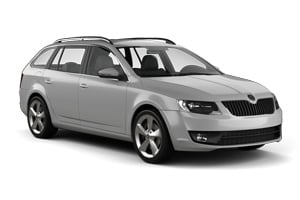
-
Green Motion From£ 47 /day -
Europcar From£ 61 /day -
Avis From£ 61 /day
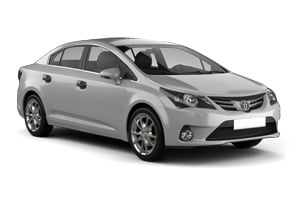
-
Alamo From£ 53 /day -
Enterprise From£ 63 /day

-
Geysir From£ 40 /day
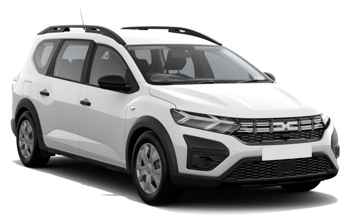
-
Green Motion From£ 42 /day

-
FireFly Car Rental From£ 71 /day -
Hertz From£ 76 /day -
Europcar From£ 91 /day
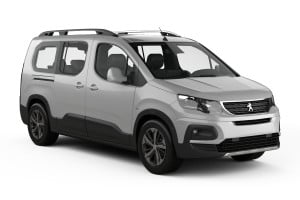
-
ACE Rent A Car From£ 48 /day
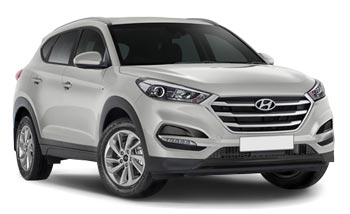
-
Icerental 4x4 From£ 48 /day
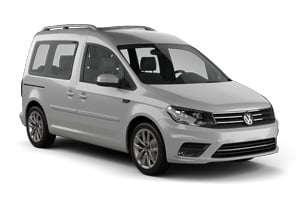
-
Europcar From£ 96 /day
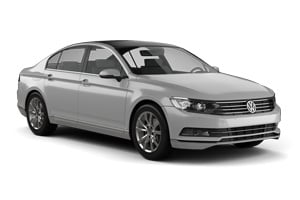
-
ACE Rent A Car From£ 52 /day
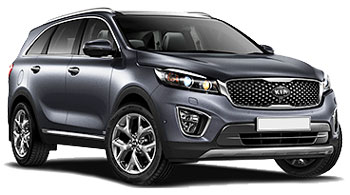
-
FireFly Car Rental From£ 55 /day -
Hertz From£ 63 /day -
Green Motion From£ 81 /day
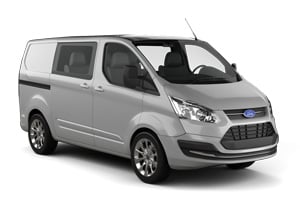
-
Thrifty From£ 97 /day -
Hertz From£ 111 /day -
Dollar Rent a Car From£ 111 /day
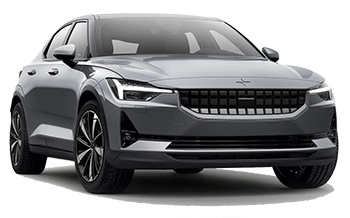
-
Thrifty From£ 56 /day -
Dollar Rent a Car From£ 61 /day

-
Thrifty From£ 58 /day -
Dollar Rent a Car From£ 67 /day
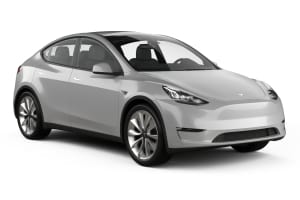
-
Hertz From£ 68 /day -
Europcar From£ 77 /day -
Enterprise From£ 79 /day

-
Hertz From£ 71 /day -
Europcar From£ 85 /day -
Enterprise From£ 95 /day

-
Thrifty From£ 72 /day -
Dollar Rent a Car From£ 79 /day -
Alamo From£ 113 /day

-
Thrifty From£ 77 /day -
Dollar Rent a Car From£ 84 /day -
Alamo From£ 124 /day
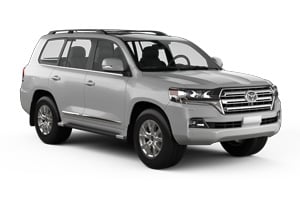
-
wheego From£ 89 /day -
Green Motion From£ 118 /day -
Right Cars From£ 122 /day

-
Avis From£ 93 /day

-
Avis From£ 108 /day

-
wheego From£ 30 /day -
Right Cars From£ 33 /day -
Green Motion From£ 35 /day
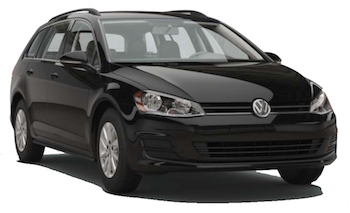
-
FireFly Car Rental From£ 33 /day -
ACE Rent A Car From£ 38 /day

-
FireFly Car Rental From£ 40 /day
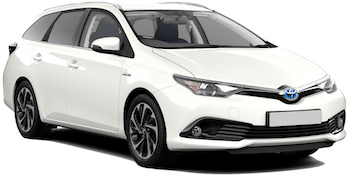
-
FireFly Car Rental From£ 34 /day -
Hertz From£ 43 /day
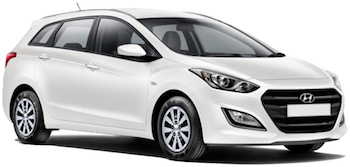
-
Icerental 4x4 From£ 34 /day -
Budget From£ 42 /day -
Hertz From£ 46 /day

-
wheego From£ 43 /day -
Green Motion From£ 49 /day

-
wheego From£ 34 /day -
Green Motion From£ 38 /day
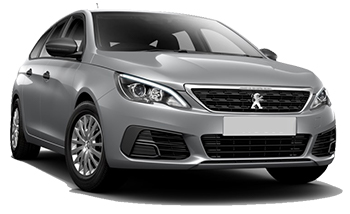
-
wheego From£ 36 /day
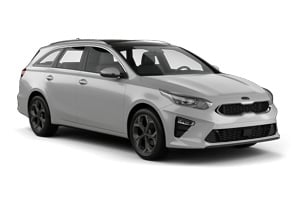
-
Goldcar From£ 46 /day -
Europcar From£ 47 /day -
Hertz From£ 61 /day

-
Thrifty From£ 90 /day -
Dollar Rent a Car From£ 109 /day -
Hertz From£ 111 /day
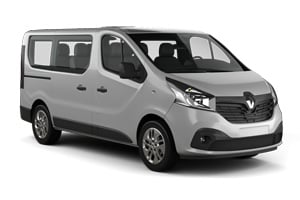
-
wheego From£ 94 /day -
Green Motion From£ 103 /day -
Europcar From£ 145 /day

-
Thrifty From£ 97 /day -
Hertz From£ 111 /day -
Dollar Rent a Car From£ 111 /day
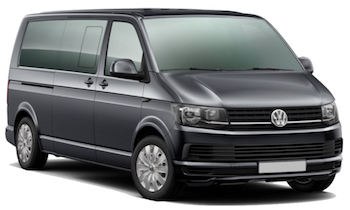
-
Hertz From£ 96 /day -
Alamo From£ 109 /day -
Enterprise From£ 115 /day

-
wheego From£ 105 /day -
Green Motion From£ 122 /day -
Europcar From£ 149 /day
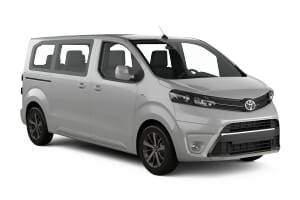
-
Alamo From£ 103 /day -
Europcar From£ 157 /day

-
Alamo From£ 110 /day -
Europcar From£ 158 /day
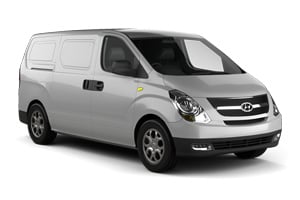
-
Enterprise From£ 110 /day

-
Alamo From£ 116 /day -
Hertz From£ 124 /day -
Europcar From£ 153 /day

-
wheego From£ 32 /day

-
Right Cars From£ 32 /day -
Green Motion From£ 53 /day -
Enterprise From£ 60 /day

-
Sixt From£ 40 /day -
Flizzr From£ 57 /day

-
ACE Rent A Car From£ 33 /day

-
Sixt From£ 33 /day -
Flizzr From£ 37 /day
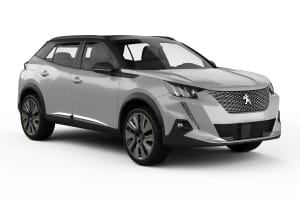
-
Thrifty From£ 43 /day

-
Right Cars From£ 34 /day -
Geysir From£ 35 /day -
Green Motion From£ 36 /day
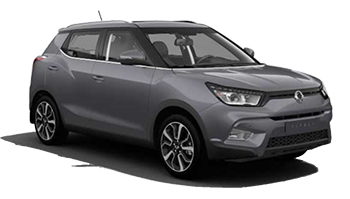
-
Sixt From£ 35 /day

-
wheego From£ 45 /day
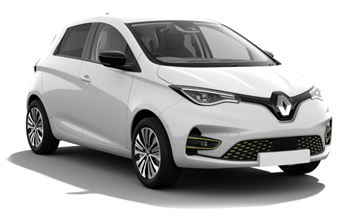
-
Europcar From£ 47 /day
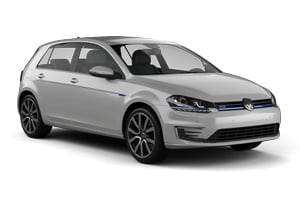
-
Alamo From£ 51 /day -
Enterprise From£ 53 /day

-
Europcar From£ 53 /day
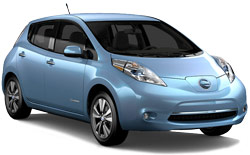
-
Europcar From£ 52 /day
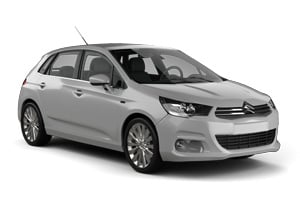
-
Dollar Rent a Car From£ 52 /day -
Thrifty From£ 54 /day

-
Thrifty From£ 55 /day -
Dollar Rent a Car From£ 59 /day

-
Thrifty From£ 53 /day -
Dollar Rent a Car From£ 58 /day

-
Europcar From£ 56 /day
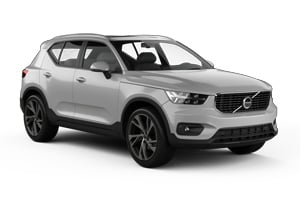
-
Thrifty From£ 54 /day -
Dollar Rent a Car From£ 58 /day
Useful tips for a well-prepared trip
Which insurance should I choose, and what's the deal with the deposit? Read our articles with useful information and tips to ensure you choose the right rental car for you.
When to book a rental car in Iceland
Car rental locations in Iceland
EasyTerra Car Hire compares rental car prices at the following destinations
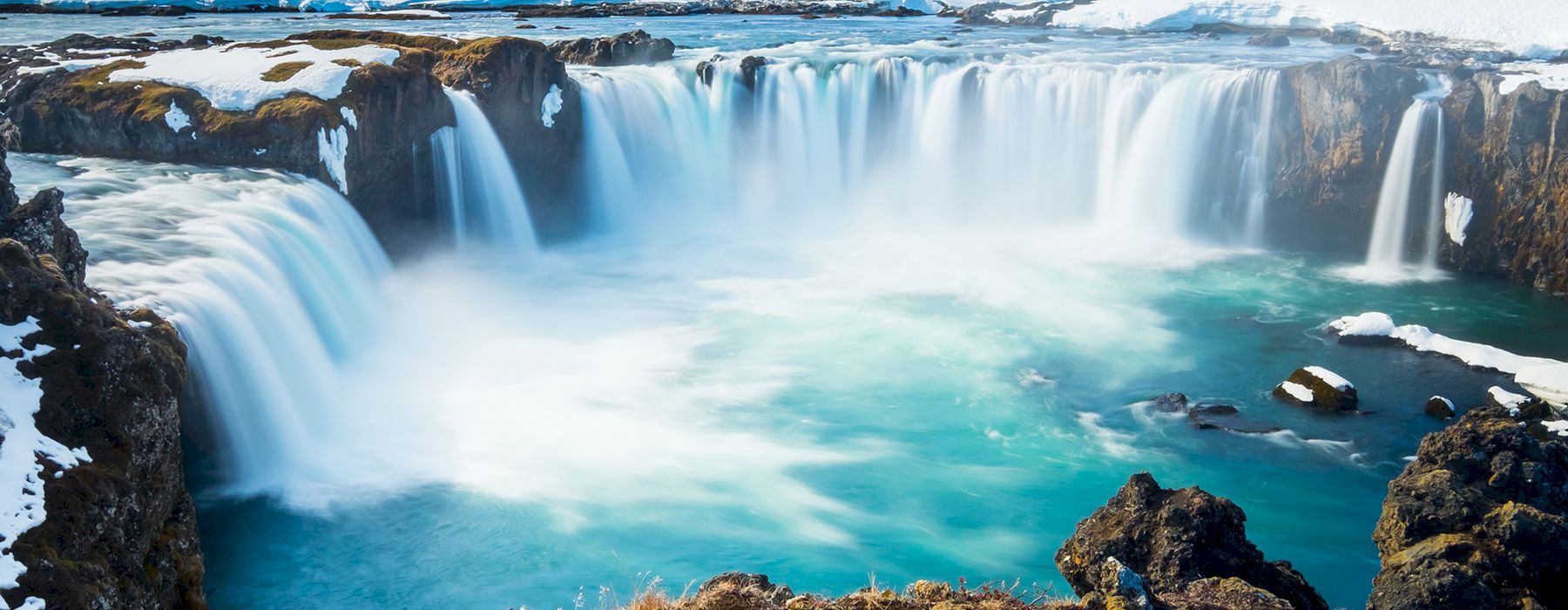
Location information for Iceland
Iceland is best explored by rental car. EasyTerra Car Hire has over 16 pick-up locations in Iceland. This means there is always a pick-up location close to your destination.
Most popular car hire locations in Iceland
Introduction
Iceland is known for its beautiful landscapes. The glaciers, snow, volcanoes and geysers make the country picturesque. The landscape is rough, untouched and very extensive. Especially for nature lovers it is worthwhile visiting the country. Iceland also has many fish and bird species. The capital Reykjavík offers a nice variation with a wide range of restaurants, shops and museums. Sport lovers can go horse riding, fishing, walking or biking. In the winter you can ride a snow scooter and in summer glacier walks are organized.
History
Millions of years ago, as a consequence of volcanic eruptions, an island in the Atlantic Ocean came into being. This island is nowadays known as Iceland. There is uncertainty about who discovered the island and who the first inhabitants were. It is often believed that the Irish monks who settled there in the eighth century were the first inhabitants.
After that the Vikings came to Iceland and established several posts along the coast. The Vikings started a parliament to promulgate or improve laws. This was called the "Althing" and nowadays this parliament is considered the world's oldest one.
In 1262 Iceland lost its independence and was submitted to Norway. After Norway and Denmark united their kingdoms under a monarchy a century later, Iceland came under Danish government. It took a long time before finally getting Iceland′s independence back. Until then, the Icelanders were forced to hang on to Lutheran faith. Iceland was also obliged to deal exclusively with Denmark.
Only in 1918 Iceland became an independent country. However, the country remained tied with Denmark under the same king. In 1944 the republic of Iceland was proclaimed. Denmark was occupied by Germany at this time. Two years later Iceland joined the United Nation.
Iceland became a member of EFTA: European Free Trade Association. In 1993 an agreement was concluded between the EFTA countries and the EC. Iceland was then granted free access to the European fish market.
Society and culture
Iceland is the least densely populated country in Europe. Not yet 300,000 people live there and only 20% of the country is inhabitable (on the west and south coast). More than half of the total amount of inhabitants lives in or around the capital city, Reykjavík. The three other major cities of Iceland, namely Kópavogur, Hafnarfjördur and Akureyri, have considerably less inhabitants. Most residents of Iceland are descendants of the Vikings. Other inhabitants have Scottish and Irish ancestors who immigrated to Iceland earlier. The bulk of the foreigners come from Denmark.
The Evangelical Lutheran Church is the established church of the country. An Icelander becomes a member of the church at birth. No less than 85% of the population is Evangelical Lutheran. The remaining population is Catholic or Protestant, and 3.6% of the population goes to the Free Lutheran Church of Reykjavík and Hafnarfjörður.
The national language is Icelandic. This language is still similar to the original language of the Vikings and contains letters that appears nowhere else in Europe. The sounds are slightly changed though. Furthermore, many Icelanders speak English or Danish.
An important aspect of the Icelandic culture is the myths and legends that′s carried over from generation to generation. These stories often deal with trolls, elves, ghosts, Viking queens and Germanic Gods. The medieval Icelandic literature has contributed to world culture.
Political situation
In 1944 the republic of Iceland proclaimed. Iceland is a parliamentary democracy headed by one president. The president, together with the parliament (Althing) has legislative power. The parliament consists of 63 members that can be elected for maximum four years by the people. All inhabitants of eighteen years or older may vote during the elections.
The government of Iceland has the executive power. The judicial power is in the hands of the courts and the Supreme Council. The president appoints the ministers. Ólafur Ragnar Grímsson has been the president of Iceland since 1996. There have been a total of five presidents so far. The president is chosen for a period of four years, but indefinitely may be re-elected.
Economy
Fishing is the main industry of Iceland. More than 70% of all export products come from the fishing industry. The disadvantage is that economy is not always stable. The fish prices fluctuate so that also the income varies. Thanks to the extending of the fishing area, the economy is steadily growing. The main fish species are cod and herring. Cod is frozen, dried or salted and then exported. Herring is mostly used for fish oil.
The soil in Iceland is largely unsuitable for agriculture. In small areas however, potatoes, sugar beet and cabbage are harvested. Furthermore, there are enough cattle farms in the country to provide milk and meat products. Energy is gained to provide electricity and hot water to households. Thanks to the many volcanic areas in Iceland, more than half of the energy is geothermic. It then uses the differences in heat between the earth′s surface and the deep geothermal reservoirs.
The main import products of Iceland are machinery, transport equipment, petroleum, alcohol and tobacco. There is especially a lot of trade with Great Britain, Germany, Japan, Denmark, Sweden and Norway.
The standard of living in Iceland is high. The currency is the Króna (ISK). One hundred Icelandic Krónas are worth about €1.23.
Geography and climate
Iceland is an island in the Atlantic Ocean. It is located between Greenland and Norway. It is the most western country of Europe and the capital city Reykjavík is in turn the northernmost capital in the world. The total area of the country is approximately 103,000 km². Only one quarter of which is overgrown. The rest of the country consists of sand and gravel deserts, glaciers and volcanic soil.
Iceland is characterized by many earthquakes, volcanic eruptions, glaciers and waterfalls. The Icelandic Glymur (190 meters) is the highest waterfall in the world. The most famous glacier is the Vatnajökull, in the south of the country. This glacier is the second largest glacier in Europe. The Vatnajökull is larger than all the glaciers in the Alps and Norway together! Iceland is also known for its geysers. The word ‘geyser’ is even derived from an Icelandic geyser, called the Geysir. The Hekla is the most famous volcano. This volcano is more than 7000 years old.
Striking in Iceland is the absence of forests. To prevent soil erosion, the public is currently busy with the planting of trees. Because of the northern location and rugged terrain not many different animal species are found. Frequently appearing animals are fish, birds, arctic foxes, ponies and sheep. Stinging insects such as wasps and bees you won′t encounter. This is of course another advantage.
Iceland has an unstable climate due to the influence of the warm Gulf Stream. The summers are short and cool and the winters are mild. July is the warmest month with temperatures around ten degrees Celsius (coastal). January is the coldest month. The temperatures then reach below zero. In the interior it can be quite freezing. In the winter the days are short, while in summers it rarely or never gets dark. Clouds, fog and precipitation appear throughout the year. The best time to visit the country is from late May to early August.
Traffic and infrastructure
The best way to explore Iceland is by rental car. The public transportation is limited to buses and ferries. There are no trains in Iceland. The buses and ferries don′t always have good times. In high season the public transportation is slightly more extensive. With a rental car you have the opportunity to see a lot of the country and follow your own route. There are strict rules regarding alcohol use though.
If you want to travel longer distances, you can also book a domestic flight. This is often a relatively cheap alternative. You can combine it with a rental car. If you want to drive off the beltway, you need a car with four wheel drive.
Many airlines fly to Iceland. The country has two airports. In Reykjavík there is an airport for domestic flights and flights to Greenland and the Faroe Islands. The international airport, Keflavik, is located on the Reykjanes peninsula. The peninsula is not far from Reykjavík.
Shipping is also an important means of transport in Iceland. Most cities and towns lie on the coast and have ice free ports. Reykjavík has two ports: Sæbraut and Sundahöfn. The first mentioned port is mainly used for cruise ships and day trips, and Sundahöfn is used for cargo transport.
Food and drinks
Iceland has many dishes found nowhere else in the world. Yet the kitchen is influenced by Danish cooking. The Icelandic dishes are known especially for the use of fish. An Icelandic specialty is Hakarl. It′s nothing less than rotten shark meat! The meat had a few months under the ground to rot and is therefore no longer deadly. Hakarl has a strong ammoniac smell, but despite all it is very popular in Iceland.
Another specialty (which many people whim for) is Svid. This is boiled sheep′s head with even the eyes still in it. Especially the eyes and tongue seem to be very good... Hardfiskur, a haddock, is eaten as a snack with a little butter. Blood pudding and liver pudding are also eaten. This is a mix of sheep′s blood or sheep′s liver with flour, suet and spices. These strange specialties are not found in every restaurant and are mostly eaten on special occasions.
Brennivín is traditional Icelandic liquor. It is made from potatoes and tastes very bitter. This drink is called the ¨Black Death¨. Furthermore, a lot of coffee is drunk in Iceland. It is not difficult to find a nice terrace for a cup of coffee. Alcohol is very expensive and has only been allowed for the past 20 years. Dining is not cheap. It is not customary to leave a tip, but it is often already included in the bill.
Accommodation
Iceland is a real camping country. Camping is naturally very popular in the summer months. On many places you can even camp for free. The campsites are simple and not expensive. Especially in the national parks beautiful camping grounds are available. It is handy to take a cooking stove with. The camp sites are open from mid June to mid September. At various places in Iceland many hotels are found. Especially in and around Reykjavík you will find a hostel to your liking. You can also rent holiday homes throughout the country. This can be any time of the year. The apartments are found mostly at sea or a lake in the mountains. Furthermore, there are farms where overnight accommodation can be booked. For people who want to stay for less, there is finally the possibility to sleep in a youth hostel.
Time zone
Iceland has a time zone of GMT +0. The country has no difference in winter and summer times.
External resources
For more information on Iceland, we recommend Google and the following sources:
Practical information
-
CurrencyIcelandic króna
-
Driving directionRight
-
City speed limit50 km/h
-
Freeway speed limit90 km/h
-
LanguageIcelandic
-
Popular car categoryEconomy
What most people want to know
The following questions and answers are a selection of the most popular questions. If you do not find the answer to your question, have a look at the Frequently Asked Questions page or contact us.
- Europcar
- Enterprise
- Alamo
- Hertz
- Dollar Rent a Car
- Ice Rental Cars
- Payless Car Rental
- Thrifty
- Sixt
- FireFly Car Rental
- Flizzr
- addCarRental
- Green Motion
- Procar
- Avis
- Budget
- wheego
- Carwiz rent a car
- Goldcar
- Global Rent a Car
- InterRent
- City Car Rent a Car
- Geysir
- ACE Rent A Car
- Nextcar
- Right Cars
- Icerental 4x4
- AVIS Car-Away
- Zezgo
- Goldcar Key'n Go
- Routes
- Street Rent a Car
- Abbycar
- Touring Cars
- McRent
- Icelimo Luxurytravel
- SurPrice car rentals
- National Car Rental